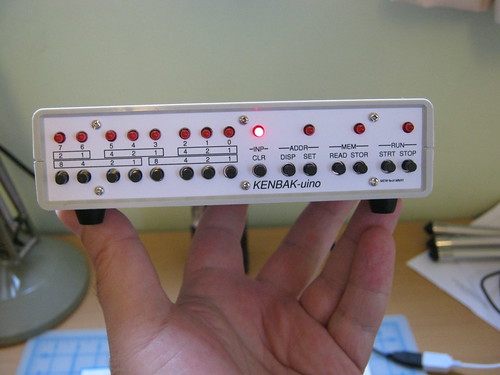 |
| A Green Hornet Novel from the 1960s |
The Green Hornet was the prototypical anti-hero. By day a mild mannered reporter, by night a vigilante who operated inside the dank criminal underbelly.
The Green Hornet was more than just a radio star, he also appeared in a number of serial films. They aren't anywhere nearly as well remembered as the radio shows, and they haven't aged nearly as well, but they are still a good bit of fun.
I've been digging through the vintage green hornet serials available at the Internet Archive and I've found some real gems. Don't let the fact that it was originally filmed in 1940 keep you from enjoying it. This relic of the days before America joined WWII is a prime example of the classic movie serial.
Sit back, relax, and enjoy the show.
You can find the next episode, as well as a ton of other cool stuff at the link bellow.
via: Archive.org





